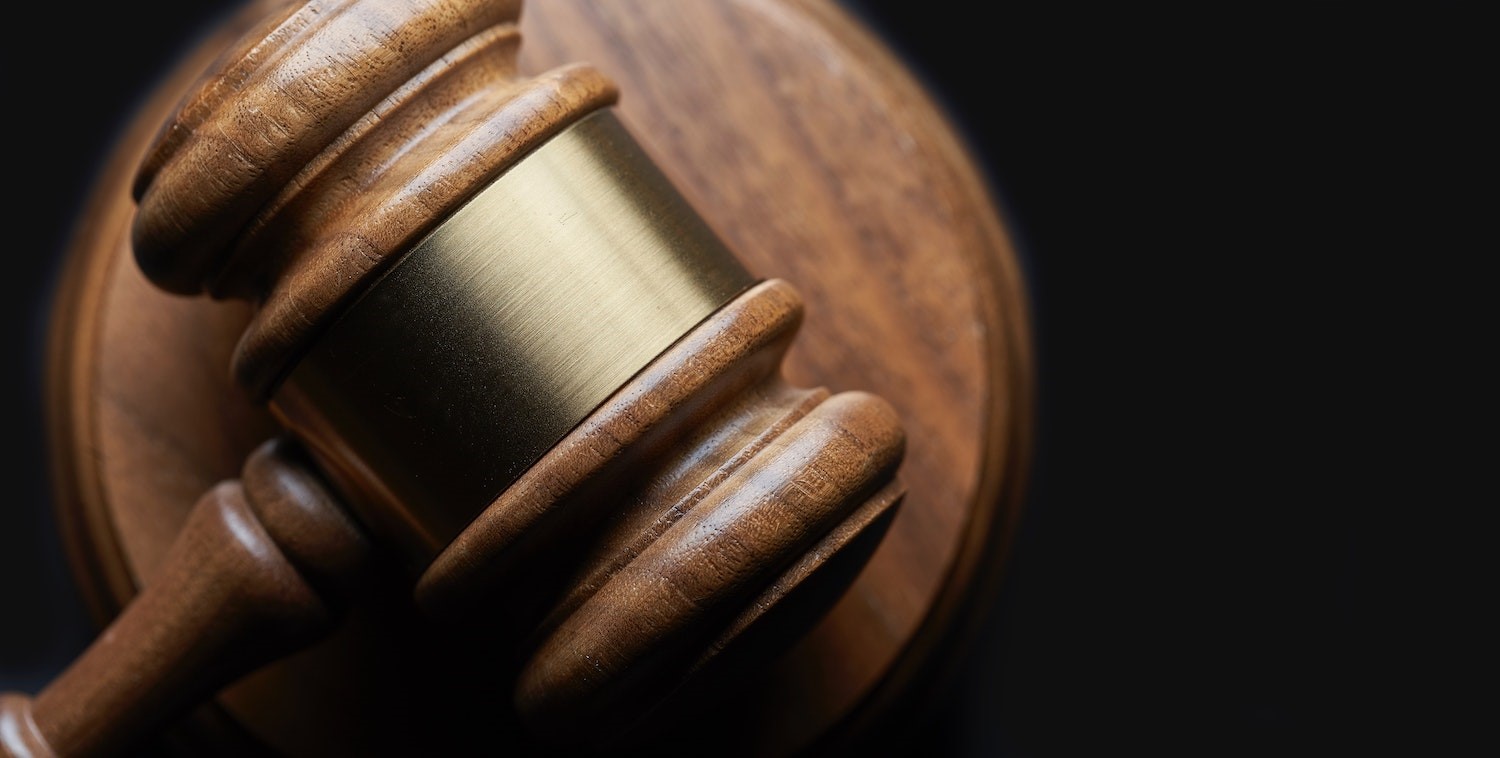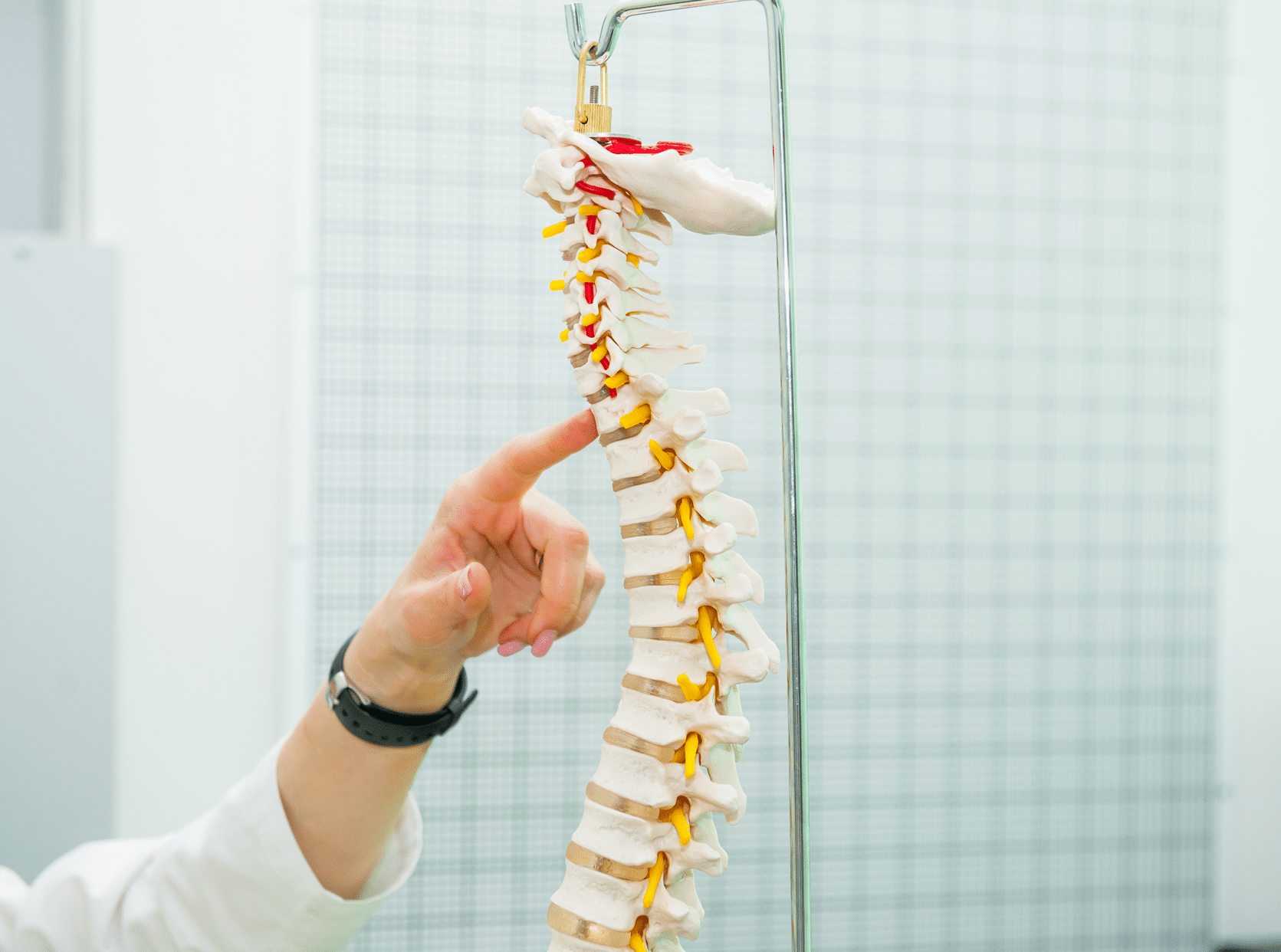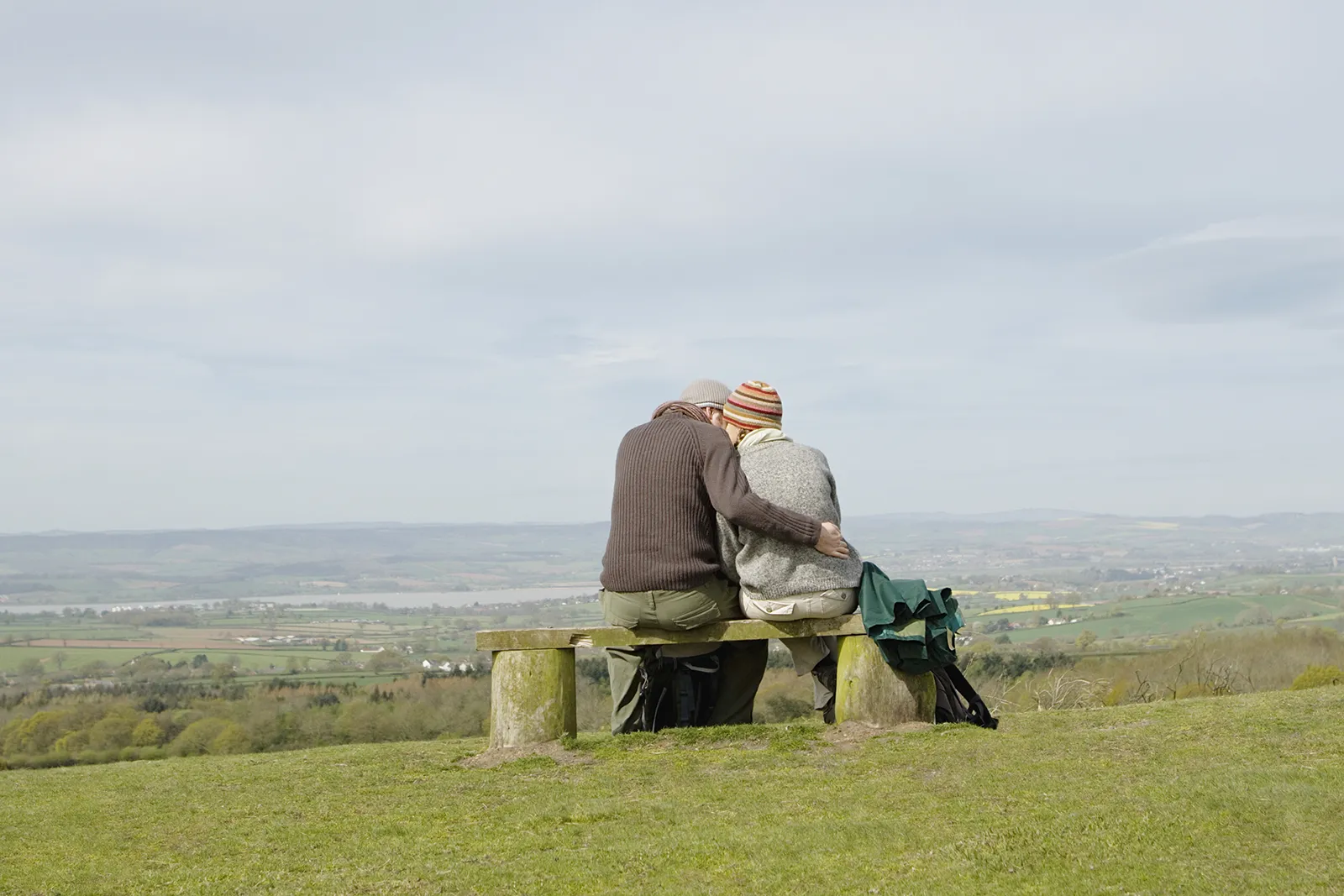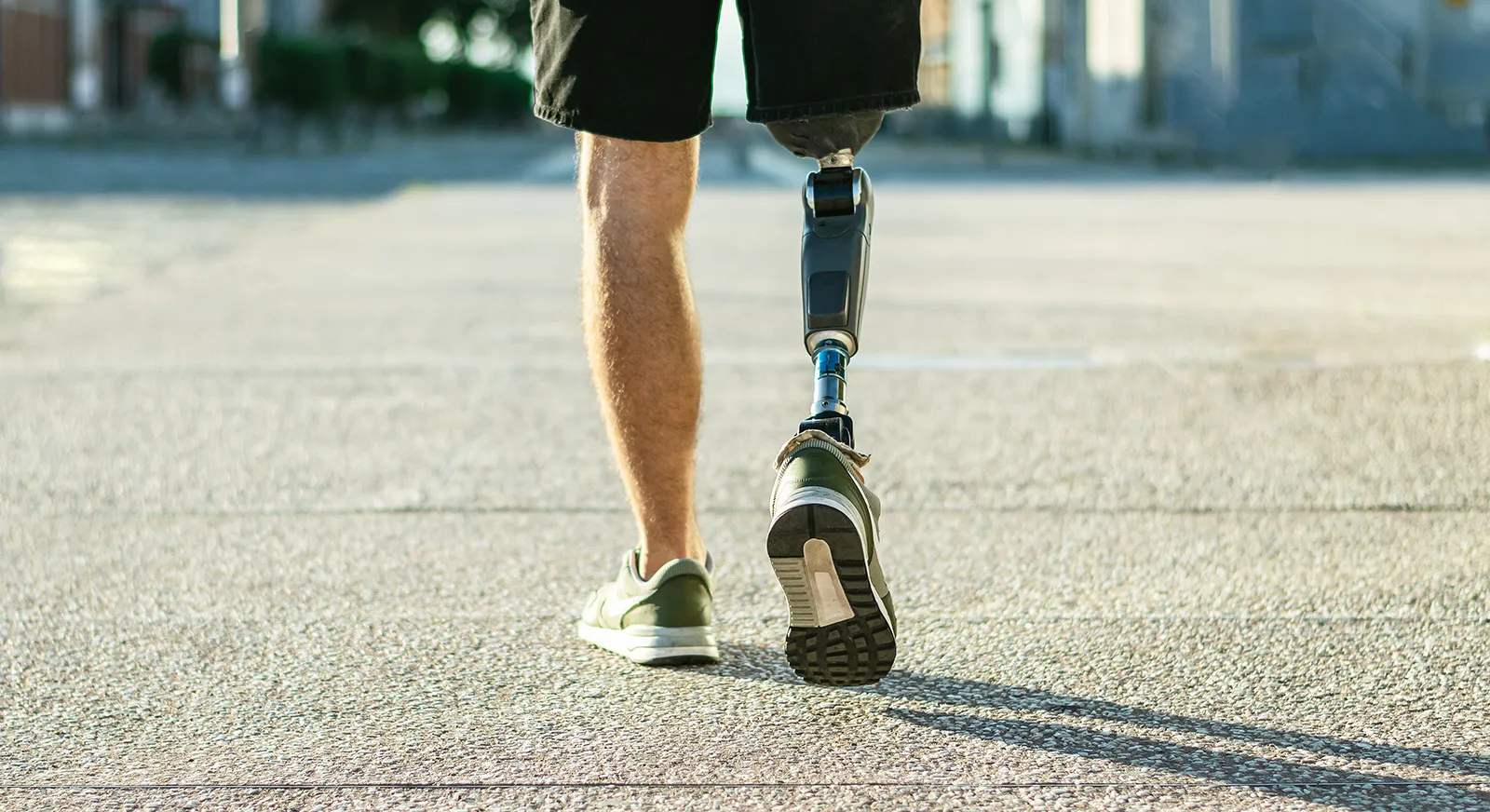My name is Andrew Gray and I am the owner of Truth Legal Solicitors here in Harrogate. This is my second vlog in 6 years and its very rare that I want to do a vlog but our huge opponents who are a firm called DAC Beachcroft, a very capable competent large law firm acting predominantly for insurers defending Road Traffic Accidents, have posted a judgment in one of their successful cases. They might not always post ones where they’ve been unsuccessful, but this one is really interesting and there are a few lessons my audience would want to draw from this judgment.
So, a judgment is effectively what a judge has decided at the end of a trial and it’s usually written down and it reads often beautifully. This one is all about a learner driver and the lessons I want you guys to take from it are about:
- The attitude of judges to claimant lawyers and some very interesting words the judge used to describe some people who do what I do, which is act for injured people.
- Second of all, it’s a question about fundamental dishonesty which is effectively where a claimant who is bringing a personal injury case has been alleged to have been a bit naughty, how frank they have been with everybody and not quite lying but it’s kind of nearly there.
- The third thing I want you to draw from this, is what happens in low-speed accidents and this one is the definition of a low-speed accident and it’s the case that Beachcrofts have been talking about which is that of Mr Kazemi, who is the claimant v Mrs Gohil, who was the defendant and Mrs Gohil was represented by Beachcrofts who are acting for the insurance company.
Circumstances
The circumstances aren’t that interesting, and I think Mr. Kazemi, the claimant, is the driving instructor and he had an instructee with him, Mr. Shah, who I assume was actually driving the car at the time, but I don’t know the facts. What happened is the learner driver was trying to go through somewhere narrow and Mrs. Gohil, the defendant, was somewhere waiting for the car to go by and maybe edged out sooner than they should have done. The blame remained on the defendant’s side, so the defendant’s car pulled out at a very, very low speed indeed. The person having the driving instruction, Mr. Shah, doesn’t bring a claim, says he wasn’t injured, but the driving instructor does. In Mrs Gohil’s car was her granddaughter and she was two years old and didn’t feel any injury according to the information I have before me.
The Judge’s Comments
The judge said in this case that it was the defendant’s fault for the accident, so the claimant was right, the defendant caused this accident where these cars scraped against each other, but it was low speed. A question I suppose for the court was one of what’s called causation; did what the defendant did, in moving their car a little bit too quickly, albeit very slowly, and scraping the claimant’s car, was that enough to cause whiplash type injury to the driving instructor?
“What we are concerned with in this case is causation of the alleged injuries to the claimant. By any stretch of the imagination it was a very, very low impact accident. The scuff marks that I’ve seen in the photographs show that there was hardly any movement. This is by no means a rear-end shunt (their car goes into one from the back) although there’s some evidence in the medical papers to suggest the claimant indicated that there’d been a rear-end shunt. It was a ‘passing’ injury, and we’ve all had them, whether involved with another vehicle or with a stationary post”.
I’ve had a one with a stationary post, my wife reminds me of it all the time and the car was a little bit dented, but I wasn’t shaken, and it was my fault. Anyway, the judge goes on and says Mr. Shah, who I think was the instructee at the time, said that:
“There was no movement to his body and he was in the same vehicle as the claimant”. Judge goes on, “as for the claimant’s allegations of movement, he says, and I made a clear note of it, that the actual touching did not cause his body to move but that he turned to his right to see what had happened, because, of course, the touching of the vehicles was behind the driver and passenger seat of both the claimant and the defendant”.
“As for the ‘time off’ claim, (the claim of being away from work) the claimant’s evidence was totally and utterly inconsistent. I do not think that he took any time off. Of course it is true that he was not bringing a claim for ‘time off’, and that is probably because he could not prove it, at least his solicitor got that right.” That’s one of the first jibes at the claimant’s solicitors in this case. “When we go on to the evidence about pain, again, the claimant was totally inconsistent. He told a walk-in centre that he was okay; he told a medical expert month later that it was much, much worse. You only have to look at paragraph 18 in the witness statement where he says that the injury started a few days later and compare it with the rest of his evidence where he said that it came on a few hours afterwards. It is inconsistent, and I do not accept in any measure what the claimant says in this regard. Neither do I think is acceptable in a witness statement, sworn at the end of 2016 that the claimant failed to mention that he’d had a second accident on the 25th July 2016. It was a far more significant accident”.
“You do not forget that a bus whacked you up the rear end, and if you do not put it in your witness statement I am going to ask questions why”. (Well of course the judge would do that, and the barristers would as well no doubt) “I do not believe the claimant’s evidence there. “The defendant’s two-year-old grandchild was not moved or discombobulated in any way nor disturbed by this accident, there is no evidence at all that she was, and I find that the impact was far too gentle to cause any injury. I simply do not accept what the claimant says. My judgment is at throughout his evidence the claimant was dissembling, I think he was dishonest”.
Outcome
The claim for causation was clearly struck out and unsuccessful. Although the claimant was innocent and there was a scuff on the claimant’s car and the judge didn’t believe that the injuries could have possibly have come from such an incident. The defendants will say, well you’ve put us to all this cost of taking it to a trial and there was no injury, therefore we want our costs back for defending this. Qualified one-way cost shifting is claimants who lose personal injury claims and do so honestly and having brought the case properly don’t have to pay the defendant’s costs, unless the claimant was proved to be fundamentally dishonest which is the finding here. The judge accepted what’s called an application by the defendant, for the claimant to pay the defendants legal costs. So, not only did the claimant not win but he had to pay £8,962 of the defendant’s costs. That’s £8,962 pounds for bringing a whiplash claim unsuccessfully!

I saw that yesterday and that was…wow. I’ve never read, heard, seen criticism of claimant’s solicitors like that I don’t even know who the claimant’s solicitors are in this case and don’t know the age of the person who was acting for the claimant. I don’t know whether they were a qualified solicitor or qualified executive, but you can see that the judge in this case was beyond miffed with some of the quality of the legal work that the claimant’s solicitors have been doing.
Judge continues “it is not my fault that the claimant’s solicitors are restricted to pathetic costs that they are restricted to, and that this is something that someone at some stage will have to take up with a Ministry of Justice, but it is right that in this sort of case, where serious allegations are made against a claiming individual, that serious people give serious amounts of time to what they are alleging. The allegations of fundamental dishonesty are not made lightly, and it is right that a message goes out that these courts will not put up with it”.
I think anyone reading the judge’s judgment here can sympathise with the judge in this case and with the insurers for contesting such a low speed accident. I sympathise with that position indeed, but also think from the claimant’s view, the implication is that the person who’s running the case for them probably wasn’t qualified. You don’t have to be qualified to run these sorts of cases, but I guess that’s what’s happened here. The judge goes on to say the reason why claimant’s solicitors aren’t as competent as I think they were when I started practising is down to the pathetic costs. It is right, we are, as claimant’s solicitors, paid an awful lot less than we were years ago which is about one-sixth of what the fees were probably seven or eight years ago. With that, the quality of the law provided to people who were innocent victims of any injuries in the claims like these, the service has declined in my experience.
Truth Legal
One of the reasons it was very interesting is that in my firm, Truth Legal, we deal with a lot of people who are disgruntled with their present solicitors because they don’t think that the people acting for them are qualified or put enough time into it but as you see from the judge’s comments here, it is down to the costs not being as high as they once were, so there is a bit of a drive for some claimant solicitors to have hundreds of cases with paralegals and have very effective case management systems to process cases as fast as they can and therefore to be able to make a profit. Of course, if law firms don’t make a profit, they will close. I think it’s useful for everybody who’s going through a personal injury claim to know this. If they’ve got a low-speed impact claim you can see how the insurers have good reasons to want to fight some of these things and you can see that the judge was not at all impressed.
Thank you for your time and if you want to get in touch with us you can call on 01423 788 538 or email help@truthlegal.com
Further Reading
From one of the UK’s most read legal blogs.











